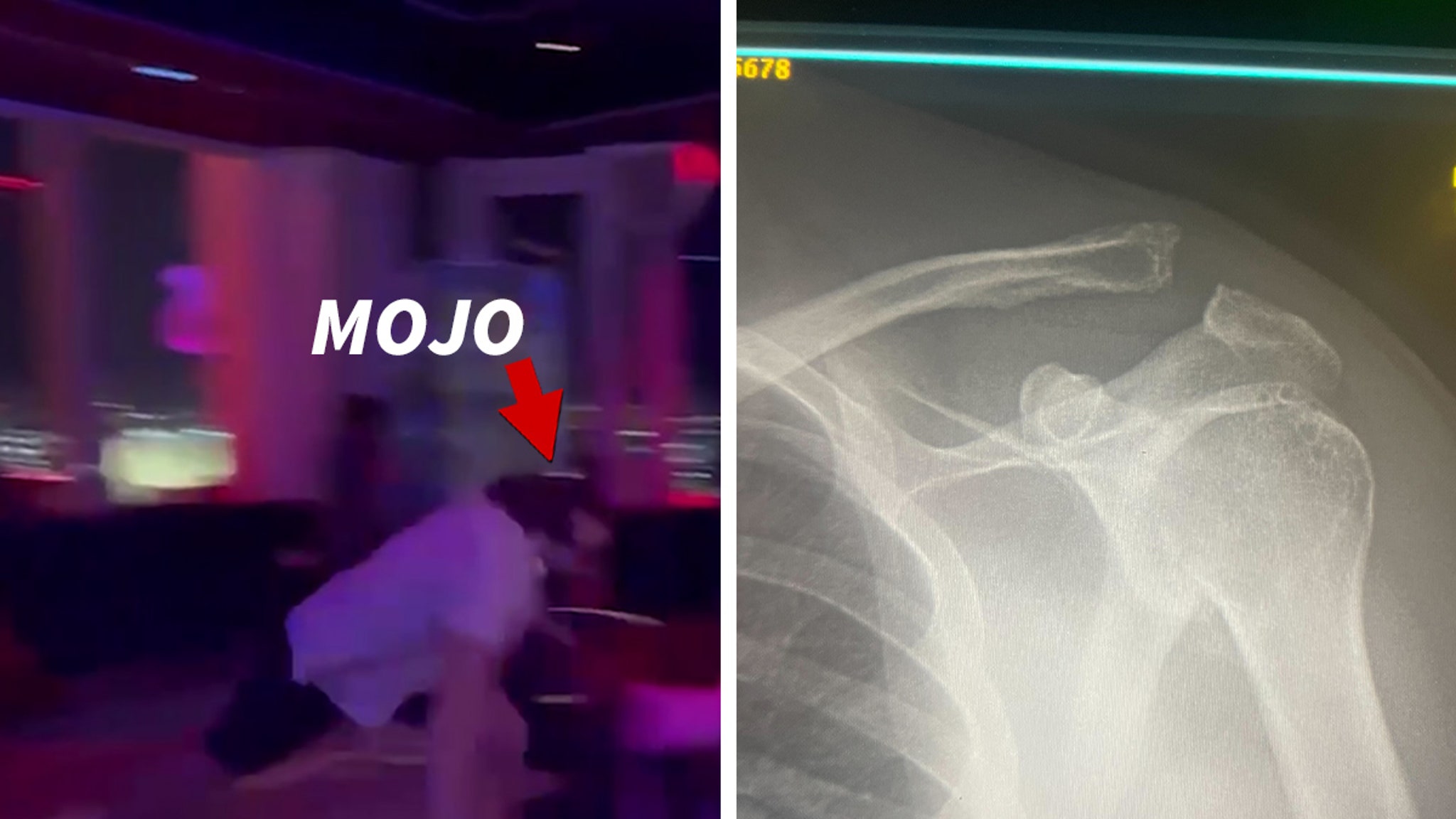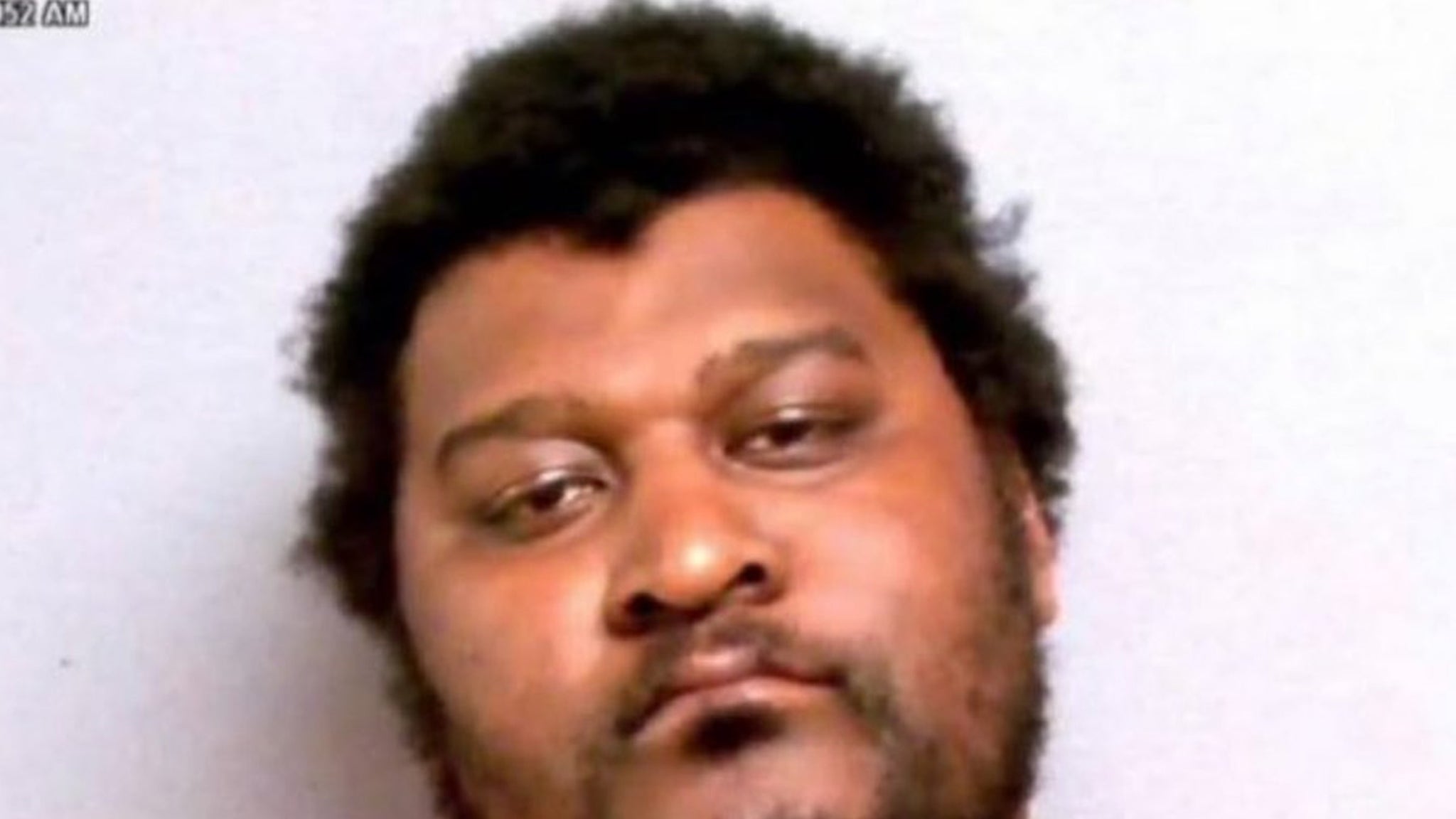Culture
What to See in N.Y.C. Galleries in February

This week in Newly Reviewed, Holland Cotter covers two group shows: one devoted to an important gallery from the past, the other focused on language and silence.
Upper East Side
Acts of Art in Greenwich Village
Through March 22. Bertha and Karl Leubsdorf Gallery, Hunter College, 132 East 68th Street, Manhattan; 212-772-4991, huntercollegeart.org.
D.E.I. didn’t exist in the mainstream New York art world a half-dozen decades ago. Black artists eager for shows had to find them mostly in Black neighborhoods, and live with the fact that a fiction called race would determine their audience.
A rare exception was a storefront gallery called Acts of Art, which opened in the West Village of Manhattan in 1969. It not only exhibited new art by Black artists but also became, de facto, a place where diversity, equity and inclusion were demonstrated and promoted.
Although the gallery is long gone — it lasted for just six years — its spirit is revivified in a small, tightly researched and impeccably mounted exhibition at Hunter College.
Acts of Art was founded by two artists — Nigel Jackson (1940-2005) and Patricia Grey — at a hot cultural moment. The year it debuted, a big show called “Harlem on My Mind” opened at the Metropolitan Museum of Art. Planned as an integrationist gesture but composed of documentary photos rather than art, “Harlem on My Mind” was an infuriating flop and inspired the formation of a protest group called the Black Emergency Cultural Coalition.
When, two years later in 1971, the Whitney Museum opened a show called “Contemporary Black Artists in America,” organized by a white curator, the coalition staged a rebutting group show, and Acts of Art was where it appeared. In a stroke, the gallery caught the public eye and a spot in the history books.
It hosted other activist happenings too, including the first exhibition of the all-women Black collective Where We At. What the gallery did mostly, though, was what it was designed to do: provide a showcase for a wide variety of contemporary Black artists who would otherwise not have been seen in downtown Manhattan. Fourteen of those artists make up the current show at Hunter, organized by Howard Singerman, a professor of art history at the college, and Katie Hood Morgan, the gallery’s chief curator, working with 15 students in the school’s Advanced Curatorial Certificate Seminar.
A few of these artists — Benny Andrews (1930-2006), Loïs Mailou Jones (1905-98), Hale Woodruff (1900-80) — are now canonical stars. Others are less familiar, but no less treasurable. All of their work is, just by existing when and where it did, politically loaded, though almost none is overtly polemical. Nor is there uniformity of subject matter, style or medium. Figurative art dominates, from Dindga McCannon’s jazzy painted portraits, to a haunting biblical narrative by Ann Tanksley, to Lloyd Toone’s African-inspired sculptures made from scrap wood, shoe leather and nails. But Ademola Olugebefola’s etchings take us close to abstraction, and the torn-paper collages of Frank Wimberley take us all the way there. (A survey of Wimberley’s work goes on view at Berry Campbell Gallery in Chelsea starting on Thursday.)
One of the most intriguing things here is a self-portrait painting by Jackson, the gallery’s co-founder. He depicts himself as a grimacing, empty-eyed, barely there ghost. And, in fact, when the gallery closed, in 1975, he more or less disappeared, first moving to Africa, and, after returning to New York, disassociating himself from the art world to which he had made such a vital contribution. We don’t know why, but thanks to this sterling show, that contribution is acknowledged and preserved.
Chelsea
The Writing’s on the Wall: Language and Silence in the Visual Arts
Through March 29. Hill Art Foundation, 239 10th Avenue, Manhattan; 212-337-4455, hillartfoundation.org.
The success of a personal-choice group exhibition like “The Writing’s on the Wall: Language and Silence in the Visual Arts” at Hill Art Foundation naturally depends on the tastes and curatorial skills of the chooser. And with the writer Hilton Als in charge we’re in good hands. In a wall text, Als writes of his interest in art that suggests equivalencies with language, spoken or written, in terms of its expressive dynamics (loud, soft; dark, light), and its ability to suggest silence — that most radical of sonic conditions.
Some entries here refer to the literal production of language: A sculpture by Rachel Harrison incorporates a typewriter; one by Vija Celmins takes the form of a king-size rubber eraser. Others — a one-line printed text by Christopher Knowles, a vivaciously annotated drawing by Umar Rashid — make language itself a primary visual medium, with abstract drawings by Agnes Martin and Cy Twombly, as light and fleet as signatures, giving visual art the presence of a voice. Finally, spoken word does find a place, in Ina Archer’s three-channel video “Black Black Moonlight: A Minstrel Show,” which surveys a history of minstrelsy as seen in vintage films.
And the show is punctuated with references to writers whose authorial voices the curator admires, James Baldwin chief among them. Als has organized memorable exhibitions around Baldwin before, considering him both a producer of words and as an often-portrayed visual subject, with the two aspects united here in a 1955 first edition of “Notes of a Native Son,” with a grave-looking Baldwin gazing out from the dust jacket.
Baldwin’s presence is also enlisted in an image-word pairing that presses home the ominous implications of the first half of the exhibition title. Next to a 1962 Andy Warhol painting of a matchbox printed with the words “Close Cover Before Striking Match,” Als posts a quote from a Baldwin essay from the same year calling for antiracist revolution. “If we do not now dare everything, the fulfillment of that prophecy, recreated from the Bible in song by a slave, is upon us: God gave Noah the rainbow sign, No more water, the fire next time!” Judging by what we’re reading, and seeing, and hearing in the news, “next time” could be now.
See the January gallery shows here.




























